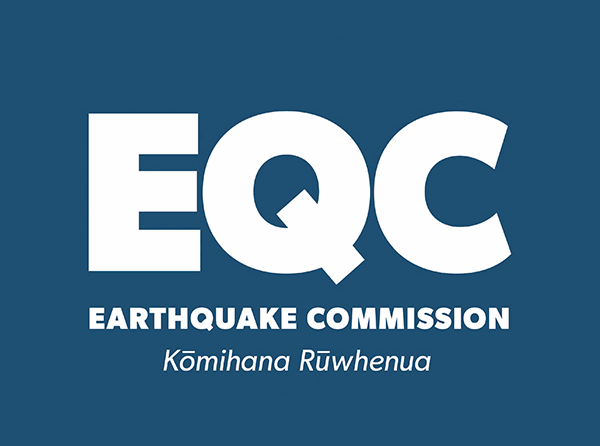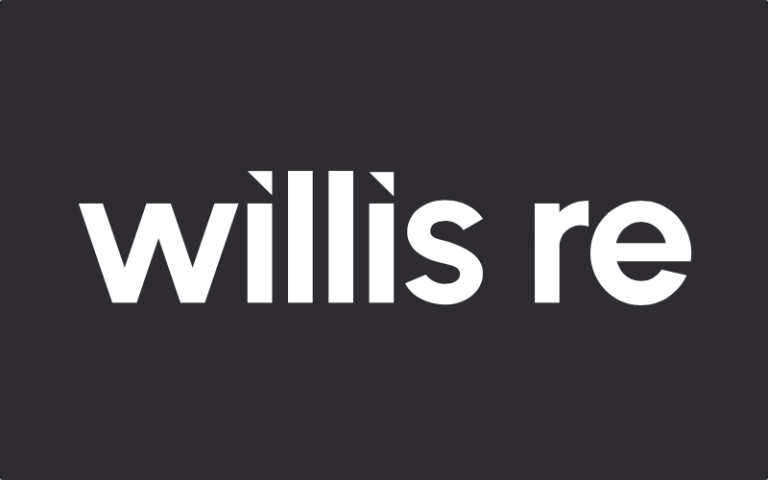
The New Zealand Earthquake Commission (EQC), the state-owned residential property disaster insurance entity, is likely to need more reinsurance protection from private markets as new rules are set to dramatically expand the amount of catastrophe risk it takes on.An amendment to regulations is set to double the residential building cover payout cap, meaning that the NZ EQC could end up covering up to $300,000 per residential property, up from the current payout cap of $150,000.The updated regulations mean that from October 2022, the EQ will cover the first $300,000 of damage caused to residential properties by a range of natural catastrophes, including earthquakes, tsunamis, volcanic eruptions, hydrothermal activity and landslides.Private insurance companies cover damages above the cap, so this amendment essentially means the EQC increasing the amount of catastrophe risk it is exposed to, while the Crown takes on more liability and as a result it’s expected this will drive an increase in size of the EQC’s reinsurance program, to ensure the increased liability does not all sit with the state.
New Zealand’s Minister Responsible for the Earthquake Commission, Dr David Clark, said that with by increasing the the amount of insurance risk taken on by the Earthquake Commission (EQC), the Government is moving forwards with recommendations made in a 2018 public inquiry into the crown entity.“COVID has shown us how important it is to have the appropriate support available when disaster strikes.We want New Zealanders to have access to affordable residential property insurance, to ensure as many people as possible can repair their homes if they are damaged by a natural disaster,” Clark said.
“We are providing more natural disaster cover for homeowners, ensuring their private insurance cover remains available and affordable,” he added.After a move to risk-based pricing in recent years, insurance has become more expensive for homeowners in some areas and this move aims to help reduce some of the private premiums they pay, with the EQC taking on a significant amount more of the catastrophe risk.Clark explained, “This change means the Government, through EQC, will take on a greater portion of risk – I’d expect to see insurers reflect this in their pricing for residential property insurance purchased by New Zealanders after October 2022.” , securing almost $7 billion of protection for its 2021/22 financial year.
The doubling in the residential property damage payout cap means the EQC will hold significantly more exposure, which is likely to result in its reinsurance purchases needing to increase in size as well.That could give rise to more opportunity for insurance-linked securities (ILS) markets to participate, perhaps even the catastrophe bond market in future.At its last renewal, the EQC told us that traditional reinsurance capacity continued to dominate its reinsurance program, with .
A relatively significant expansion of the EQC’s reinsurance program is now possible, which could provide the ideal opportunity for the state-owned insurer to look more meaningfully to the capital markets, or at least to add greater diversity to its risk capital providers by including more ILS funds as counterparties.———————————————————————.All of our Artemis Live insurance-linked securities (ILS), catastrophe bonds and reinsurance can be accessed online.Our can be subscribed to using the typical podcast services providers, including Apple, Google, Spotify and more.
Publisher: Artemis








